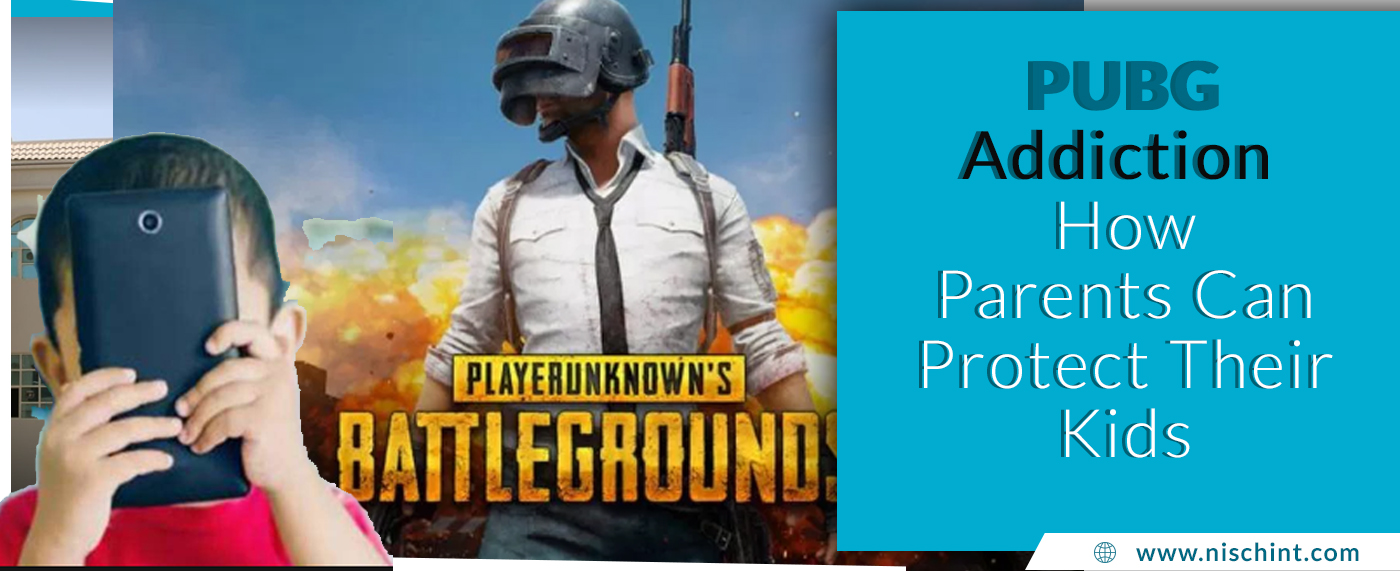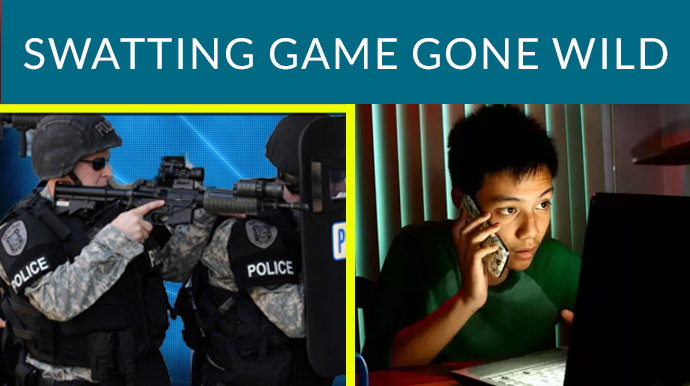Mrs. Meera is just one of the many teachers in any tier 1 or tier 2 city in India. A new addiction has gripped her students, and there isn’t much that she can do about it.
Looking up from her lecture, Mrs. Meera notices a large number of kids look up from their laps with slightly guilty faces. She knows what they are upto, but there isn’t much that she can do about it. This is a common scenario in many classrooms in Digital India. What makes this problem even harder to tackle is the fact that most parents insist that schools allow their children to carry their phones to school.
Parents pressurize school authorities to allow children to carry their smartphones to school so they can contact their children in case of an emergency, and also coordinate with their children after school, but the underlying problems that come with smartphones in school are often overlooked.
As Mrs. Meera continues her lesson she is acutely aware that many of the children keep checking in to their social media accounts, or message each other through the many modes of communication available on any smartphone. She worries that the students who are using their phones will lose concentration and not absorb the important parts of the lecture.
In many ways she is right to worry, although this may seem like small distractions, studies show that on average, a person requires 10—15 minutes to regain focus on a task after a distraction. And with a whopping 43%* of students admitting that they check their phone at least once in every class, Mrs Meera’s fears may take a turn for the worst.
*According to the recent PEW Research
http://new.tafrih.in/more/3459194_8/Teens-and-Mobile-Phones-Pew-Research.html
As more and more children start bringing smartphones to the classroom, there is a considerable amount of peer pressure to jump in on the action that they might be missing if they don’t have a smartphone. The constant need to stay connected and up-to-date also causes children to regularly log into social media accounts.
Tablets and phones in the classroom can be useful there is no denying that. They provide easy access to information about almost any topic in the world, allow for collaboration between teachers and students and amongst students as well. Some school are slowly adopting social media into their teaching techniques making it more interesting for the students to participate.
“We use social media to interact with children after school, and for collaboration on school projects. It allows for our teachers to monitor discussions between students.” – Ramamani – Science Teacher
“However we don’t allow students to use their mobiles in the classroom” she adds.
Some teachers find that along with smartphones, come other problems such as bullying as well.
There are a lot of problems, and bullying in the class itself, where children bullied a child in class in real time. A third of students in Delhi report that they have experienced online bullying in school.
Some schools try to tackle the issue by barring phones completely, however even in these schools some of the students still try to hide their phones in their bags or in their socks to bring them to school.
Other schools are taking a more accepting approach to the problem, by including the children in the conversation.
“Teach them about the freedom they are giving to you, and make them understand the responsibility that comes along with that freedom” says Vidhya Nagaraj, Principal, Delhi Public School Bangalore.
What do you think is the best way to tackle the issue of distractions in the classroom?
Did you know that??
Nischint allows parents to schedule the usage of apps and features of their child’s devices, enabling them to lock certain apps during class hours, or when their child is supposed to be studying. This app scheduling feature helps avoid distractions during class/studying hours.










